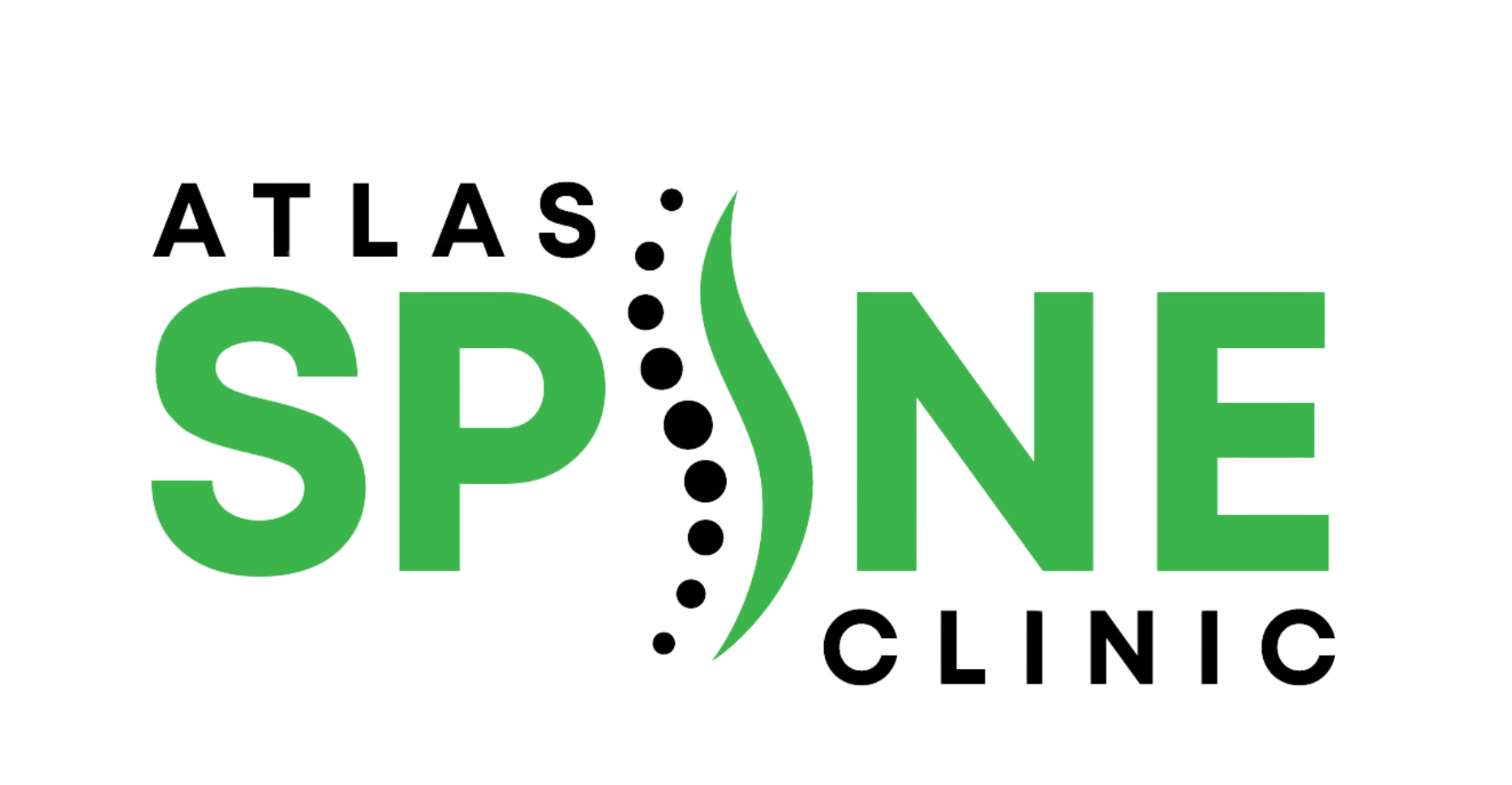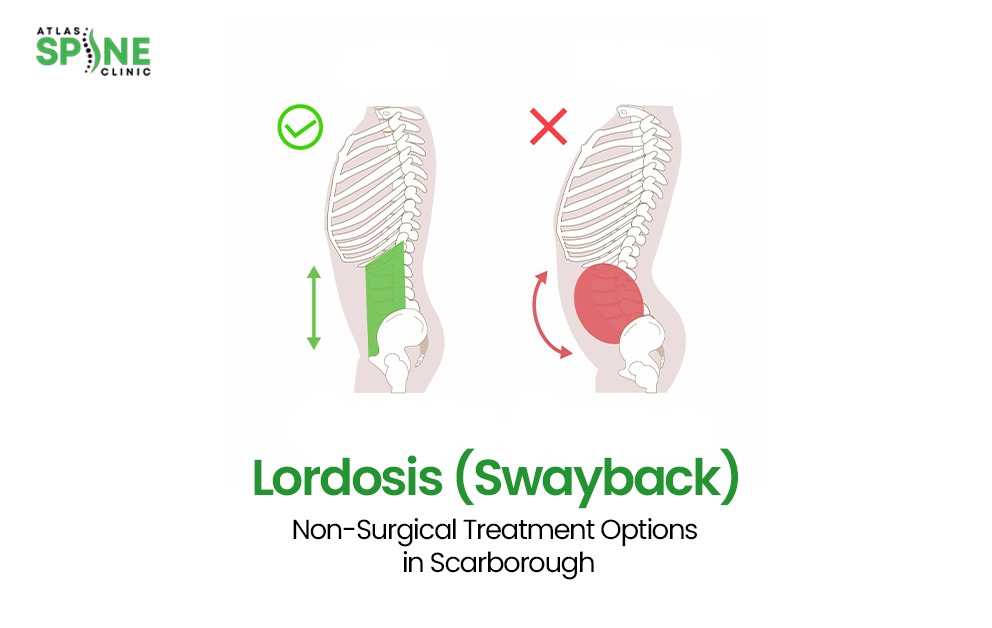Living with back pain isn’t always dramatic; it’s the small, annoying limitations that accumulate. Bending over feels stiff, walking feels tight, and mornings start slower.
What helps is that a few targeted lower back pain stretches, which are easy on the body but powerful for daily relief and long-term comfort.
Overview of lower back pain prevalence
Pain in the lower back is something millions of people deal with regularly, regardless of age or activity level. Whether it’s caused by long hours at a desk, repetitive lifting, or simply aging, nearly 8 in 10 people experience it at some point. It doesn’t matter if you’re active or sedentary—your lower back can still be vulnerable.
This type of pain affects not just physical comfort but also mood and productivity. Thankfully, making time for some basic lower back pain stretches is a small yet effective step toward feeling better.
Understanding Lower Back Pain
This part of the back plays a major role in carrying body weight and allowing flexible movement throughout the day. Over time, poor habits or lack of movement can lead to stiffness, tension, and discomfort.
Pain in this area often involves muscles, ligaments, discs, or nerves. When those structures are strained or inflamed, pain signals can interrupt even simple daily tasks. Fortunately, staying mobile through mindful movement can help relieve that discomfort naturally.
Common causes of lower back pain
It’s not always about a single injury. In many cases, what causes lower back pain comes down to a mix of everyday habits like:
- Improper posture while sitting or standing
- Weak core muscles
- Sleeping in an awkward position
- Lifting heavy objects incorrectly
- Long-term sedentary habits
- Degenerative changes in the spine
Even emotional stress can cause muscles in the lower back to tighten. That’s why incorporating lower back pain stretches into your daily routine can serve as both physical and mental relief.
Impact of lifestyle and posture
Modern life doesn’t do our backs many favors. If you’re constantly on your phone, working long hours at your desk, or crashing on a lumpy mattress, these everyday habits can slowly wear down your lower back.
Small changes like standing up more often, adjusting your desk setup, or practicing lumbar spine stretches can help your spine stay in better shape. Even a few minutes of movement can reduce the long-term effects of poor posture.
Benefits of Stretching for Lower Back Pain
Stretching helps relax tight muscles, increase circulation, and improve the range of motion in the lower back. It gently wakes up stiff areas and teaches the body to move in healthier ways. Here’s what stretching does for you:
- Reduces tension and stiffness
- Improves flexibility and balance
- Enhances blood flow to muscles
- Helps prevent recurring pain episodes
Incorporating routines like yoga for lower back pain is a gentle, low-impact way to support overall spine health, especially if you’re just getting started.
Stretch 1: Child’s Pose
Child’s Pose is a calming move that gives your spine a break from the usual pressure. Kneel with your big toes touching, sit your hips back toward your heels, and extend your arms forward.
This position encourages the spine to lengthen naturally. It’s one of the most reliable, gentle back stretches, and perfect to start or end your day with. It also helps release tension in the hips and lower back in a way that feels restorative.
Stretch 2: Cat-Cow Stretch
This stretch softly activates your spine, helping it move with more ease. Get on all fours, round your back up toward the ceiling (Cat), then dip your belly down and lift your chest (Cow).
This sequence is a common part of yoga for lower back pain routines. It warms up the spine while encouraging flexibility between the vertebrae. Doing this regularly can help offset long hours of sitting or standing still.
Stretch 3: Seated Forward Bend
Begin in a sitting position with your legs extended forward. Gently lean forward from your hips and reach toward your feet, keeping your spine long—not rounded.
It works into tight hamstrings and helps ease discomfort around the lower spine. It’s especially helpful if your leg stiffness is pulling on the lumbar region. Seated Forward Bend is often recommended in lumbar spine stretches for its ability to lengthen and relax the back chain of the body.
Stretch 4: Piriformis Stretch
Lie on your back, knees bent. Place your right ankle gently on top of your left knee while lying down. Hold the back of your left thigh and slowly draw it in until your right side starts to feel the stretch.
This position is a go-to for those needing sciatica relief stretches. The piriformis muscle sits near the sciatic nerve, so loosening it can ease pressure and reduce radiating leg pain.
Stretch 5: Knee-to-Chest Stretch
Lie on your back with both legs extended. Lift a knee up toward your chest and keep it in place with a light hold. You can also hug both knees at once for a deeper release.
This movement helps release tension in the lower spine and gently encourages spinal alignment. It’s a staple when focusing on stretching for back health, offering a simple but effective way to calm the lower back.
Tips for Effective Stretching
Frequency and duration of stretches
Aim to stretch at least three to four times a week, especially if you sit a lot. Hold each stretch for around 20 to 30 seconds, and go through it two to three rounds. A few minutes a day add up quickly over time.
It’s less about how deep the stretch goes and more about how consistent your routine is. Even on busy days, five minutes of lower back pain stretches can support your spine’s long-term health.
Importance of proper form
The way you perform a stretch is just as important as how frequently you do it. Avoid jerky movements or pushing too hard. Keep your breathing calm and your movements deliberate while stretching. Props like cushions or straps can help if you’re tight or just starting out.
If you’re under the care of a physical therapist, they may modify exercises according to your mobility level. Studies suggest that physical therapy for back pain typically involves stretches, core strengthening, and posture training to improve long-term outcomes.
When to consult a healthcare professional
When the discomfort becomes intense, moves down into your legs, or doesn’t ease up even with regular stretching, it’s a good idea to speak to a professional. Pain that comes with tingling or numbness may be connected to underlying nerve or spinal issues.
At Atlas Spine Clinic, we often recommend core strengthening for back pain to help stabilize the spine and prevent recurring episodes. Our team is here to guide you with the right care when stretching alone isn’t enough.
Wrapping Up
Back pain doesn’t always need complex treatments. Sometimes, the simplest habits—done regularly—can bring the biggest changes. Lower back pain stretches are easy to learn, don’t take much time, and can seriously improve how your body feels day-to-day.
Whether you’re managing discomfort now or trying to prevent it down the line, building a short stretching routine into your schedule is a smart, sustainable step forward.






